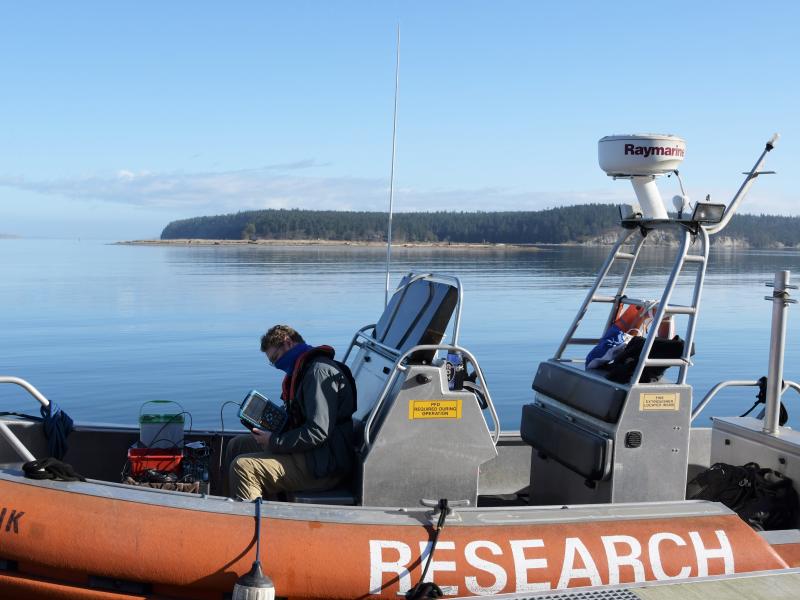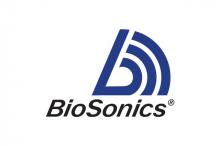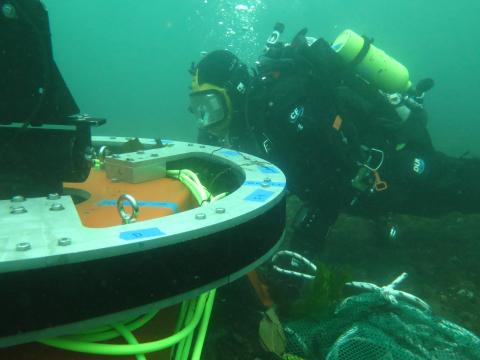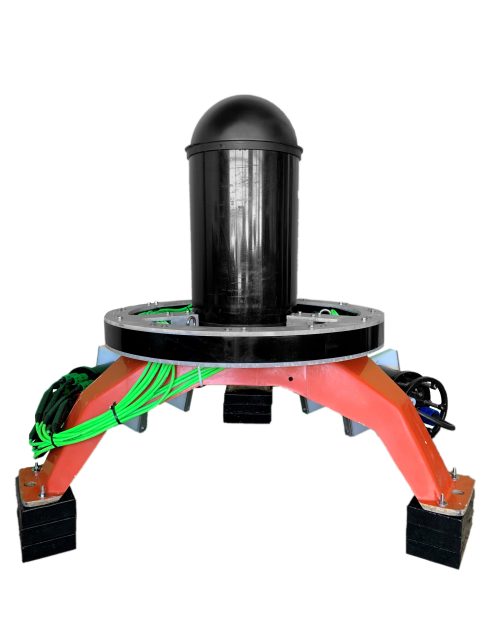
BioSonics Inc.

The BioSonics, Inc. project aims to create a discreet, long-range acoustic monitoring system to assess marine life behavior surrounding marine energy systems. This acoustic device uses a target detection and classification system that automatically senses targets (marine life) within a 200 m range. The detector, called the Marine Life Observer, provides 360 degrees of coverage from 48 sonar heads that send synchronized signals to detect any organism that enters the detection radius. A secondary sonar—the directed classifier—is then automatically aimed at the detected target to track its position in three dimensions and gather higher-resolution data on the density, size, and rate of movement. This classification will provide researchers with information, including location, depth, behavior, and general type of marine life. In addition to detecting a target from afar, the system can determine whether it is likely to interact with the marine energy device or simply pass by it.
BioSonics, Inc. conducted a series of successful tests in Sequim Bay and the Sequim Bay channel, increasing the system’s scope from 90 degrees to a full 360-degree detection over three testing periods. The system impressed researchers with its ability to recognize a United States Coast Guard navigation day marker 250 m away—50 m longer than its original range of detection. A comparison with a multibeam echosounder, a type of sonar used for imaging and deep-water mapping, demonstrated its improved perimeter coverage and range detection compared to standard practices. The improved technology has even implemented a frequency-modulated (“chirp”) signal transmit transducers that increase signal to noise ratios, which improves target-detection capabilities.

In addition to developing the long-range target detection and classification system, Biosonics, Inc. worked with Pacific Northwest National Laboratory to reduce the strength of frequency transmissions associated with echosounders. Echosounders often have unwanted frequency transmissions during normal operations. If these unwanted transmissions are in the hearing range of marine mammals, it could affect the behavior of those animals. Reducing the strength of these unwanted transmissions on the system decreases the potential effects on marine mammals.
After significant developments of this technology, the Marine Life Observer will be deployed alongside the C-Power SeaRAY wave energy converter at the U.S. Navy Hawai'i Wave Energy Test Site. To prepare for this deployment, Triton worked with BioSonics to engineer a way to deploy and position the technology in dynamic ocean conditions. The Triton team also helped build an acoustically transparent shroud called the sonar dome that will help protect the most vulnerable parts of the technology from harsh marine conditions and biofouling. BioSonics performed a dynamic test with these new design components in Seattle in preparation fora final functionality test at the Wave Energy Test Site.

FOA project DE-EE00078